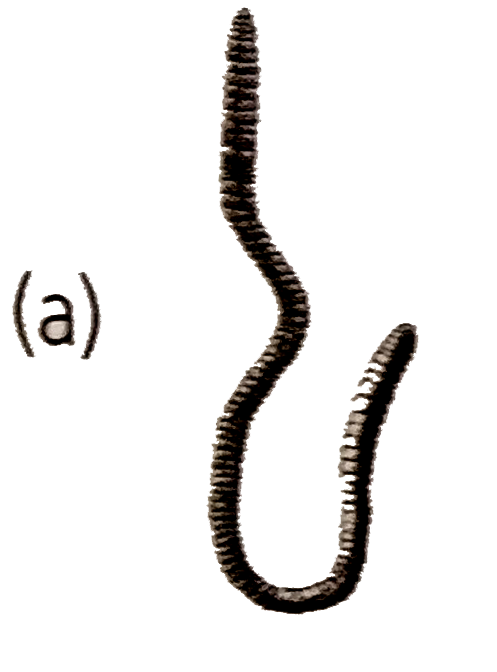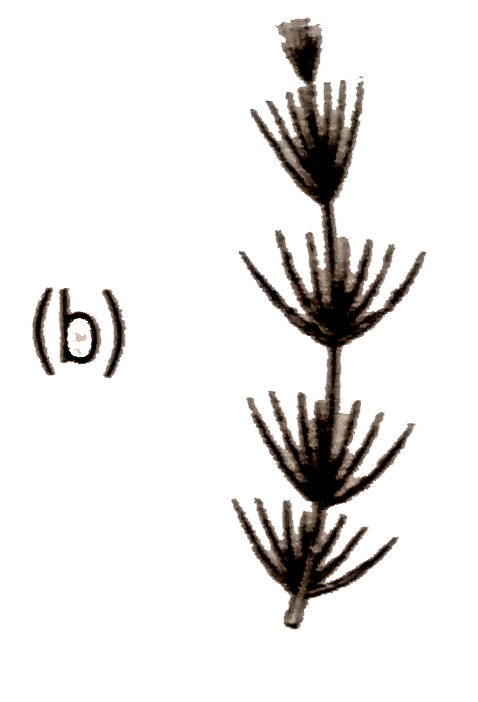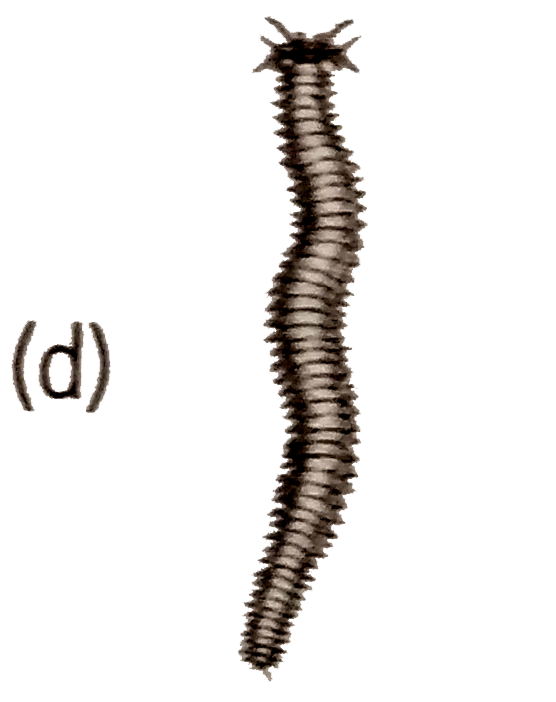Which of the following groups consists of organisms which mulriply by fragmentation ?
Earthworm, Amoeba, fungi
Earthworm, fungi, bacteria
Fungi, filamentous algar, protonema of mosses
Amobea, Hydra, bacteria
The correct Answer is:C
To solve the question "Which of the following groups consists of organisms which multiply by fragmentation?", we can follow these steps:
1. Understand Fragmentation:
- Fragmentation is a type of asexual reproduction where an organism breaks into fragments, and each fragment can develop into a new organism. This method allows for rapid reproduction under favorable conditions.
2. Analyze the Options:
- We have four options to consider:
1. Earthworm, Amoeba, Fungi
2. Earthworm, Fungi, Bacteria
3. Fungi, Filamentous Algae, Protonema of Mosses
4. Amoeba, Hydra, Bacteria
3. Identify Organisms that Multiply by Fragmentation:
- Fungi: Known to reproduce asexually through fragmentation.
- Filamentous Algae: These algae can also reproduce by fragmentation.
- Protonema of Mosses: This is a stage in the life cycle of mosses that can also reproduce by fragmentation.
4. Evaluate Each Option:
- Option 1: Earthworm (not fragmentation), Amoeba (not fragmentation), Fungi (yes). → Not all organisms multiply by fragmentation.
- Option 2: Earthworm (not fragmentation), Fungi (yes), Bacteria (not fragmentation). → Not all organisms multiply by fragmentation.
- Option 3: Fungi (yes), Filamentous Algae (yes), Protonema of Mosses (yes). → All organisms in this option multiply by fragmentation.
- Option 4: Amoeba (not fragmentation), Hydra (not fragmentation), Bacteria (not fragmentation). → Not all organisms multiply by fragmentation.
5. Conclusion:
- The correct answer is Option 3: Fungi, Filamentous Algae, Protonema of Mosses, as all these organisms are known to reproduce by fragmentation.
Final Answer:
Option 3: Fungi, Filamentous Algae, Protonema of Mosses
- Fragmentation is a type of asexual reproduction where an organism breaks into fragments, and each fragment can develop into a new organism. This method allows for rapid reproduction under favorable conditions.
- We have four options to consider:
1. Earthworm, Amoeba, Fungi
2. Earthworm, Fungi, Bacteria
3. Fungi, Filamentous Algae, Protonema of Mosses
4. Amoeba, Hydra, Bacteria
- Fungi: Known to reproduce asexually through fragmentation.
- Filamentous Algae: These algae can also reproduce by fragmentation.
- Protonema of Mosses: This is a stage in the life cycle of mosses that can also reproduce by fragmentation.
- Option 1: Earthworm (not fragmentation), Amoeba (not fragmentation), Fungi (yes). → Not all organisms multiply by fragmentation.
- Option 2: Earthworm (not fragmentation), Fungi (yes), Bacteria (not fragmentation). → Not all organisms multiply by fragmentation.
- Option 3: Fungi (yes), Filamentous Algae (yes), Protonema of Mosses (yes). → All organisms in this option multiply by fragmentation.
- Option 4: Amoeba (not fragmentation), Hydra (not fragmentation), Bacteria (not fragmentation). → Not all organisms multiply by fragmentation.
- The correct answer is Option 3: Fungi, Filamentous Algae, Protonema of Mosses, as all these organisms are known to reproduce by fragmentation.
Option 3: Fungi, Filamentous Algae, Protonema of Mosses
Topper's Solved these Questions
- BOOK - NCERT FINGERTPS ENGLISHCHAPTER - THE LIVING WORLDEXERCISE - MCQ94videos
THE LIVING WORLD
- BOOK - NCERT FINGERTPS ENGLISHCHAPTER - THE LIVING WORLDEXERCISE - HOTS5videos
THE LIVING WORLD
- BOOK - NCERT FINGERTPS ENGLISHCHAPTER - TEST PAPEREXERCISE - Test Paper 350videos
TEST PAPER
- BOOK - NCERT FINGERTPS ENGLISHCHAPTER - TRANSPORT IN PLANTSEXERCISE - Transport In Plants119videos
TRANSPORT IN PLANTS
Similar Questions
Knowledge Check
- Question 1 - Select One
Which one of the following groups consists of hermaphrodite organisms?
ALeech, tapeworm, hydraBEarthworm, tapeworm, roundwormCEarthworm, starfish, turtleDLeech, nereis, roundworm - Question 2 - Select One
Which of the following is a unisexual organism ?
A B
B C
C D
D
Which of the following groups consists of polysaccharides only ?
View SolutionWhich of the following pairs consists of ore the same metal ?
View SolutionWhich of the following groups of organisms are ecologically similar?
View SolutionWhich of the following tissues consist of living cells
View SolutionWhich of the following tissues consist of living cells
View SolutionWhich of the following compounds consists of P-P linkage?
View Solution

